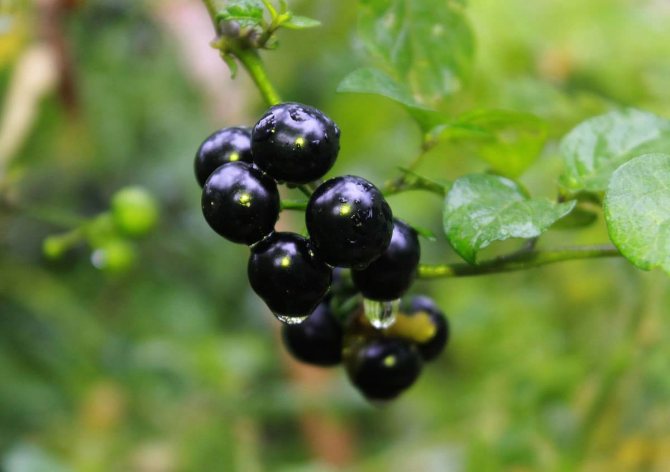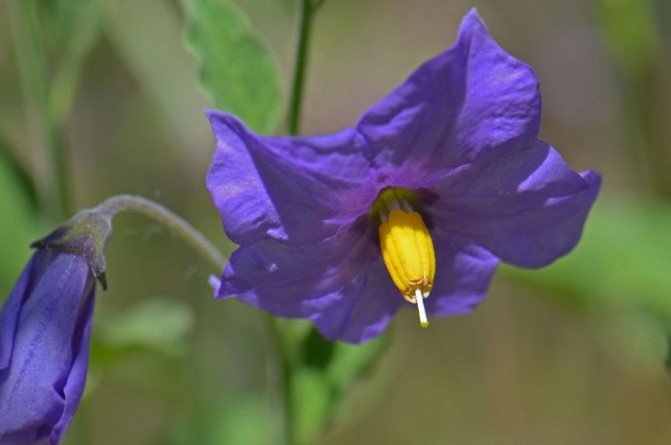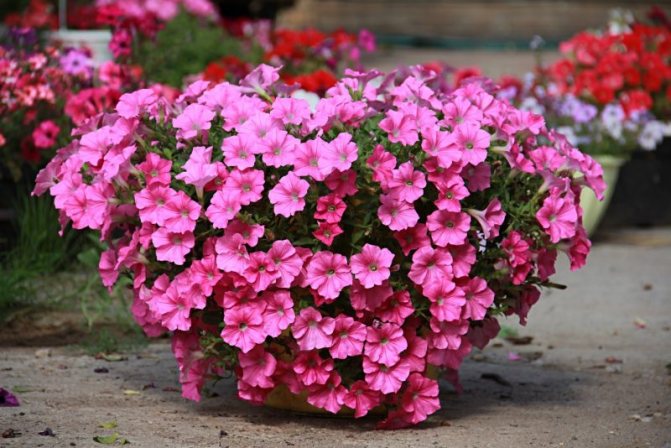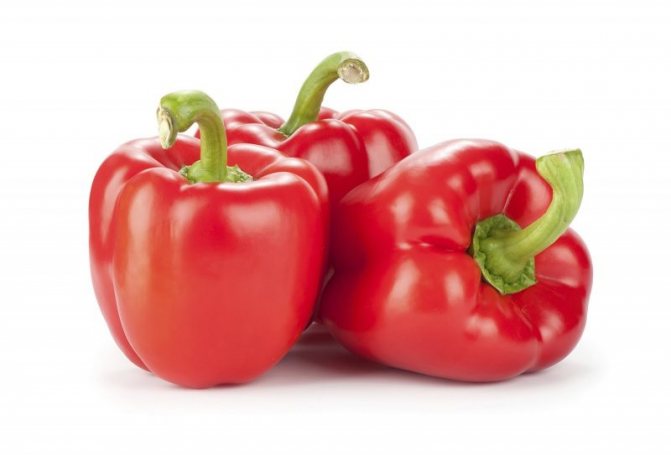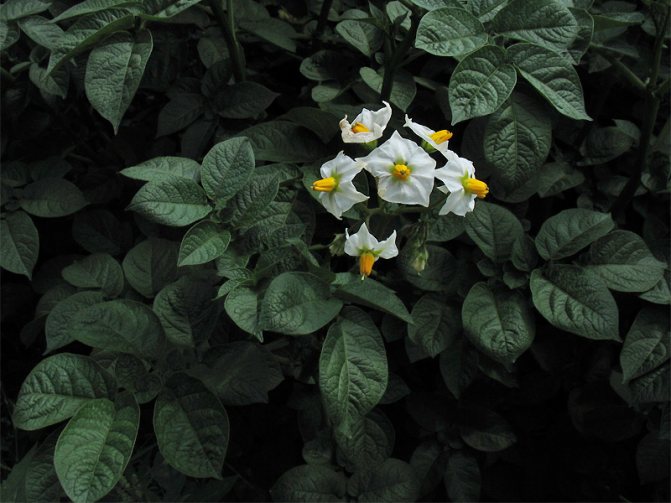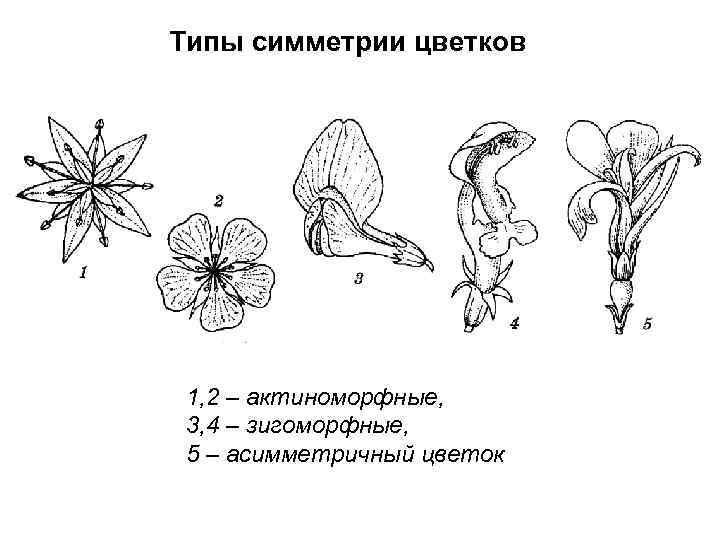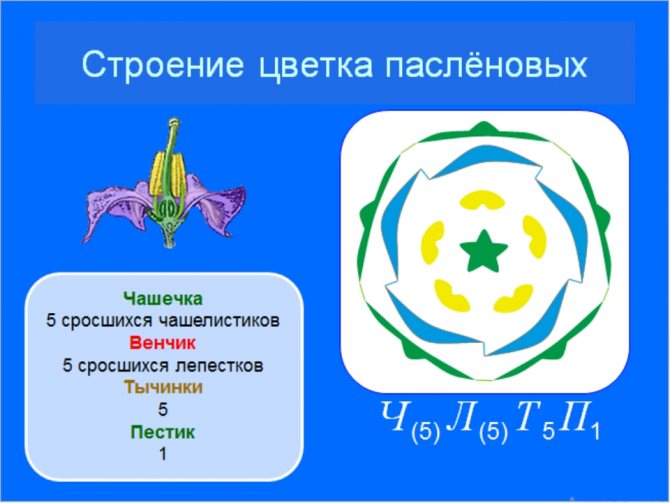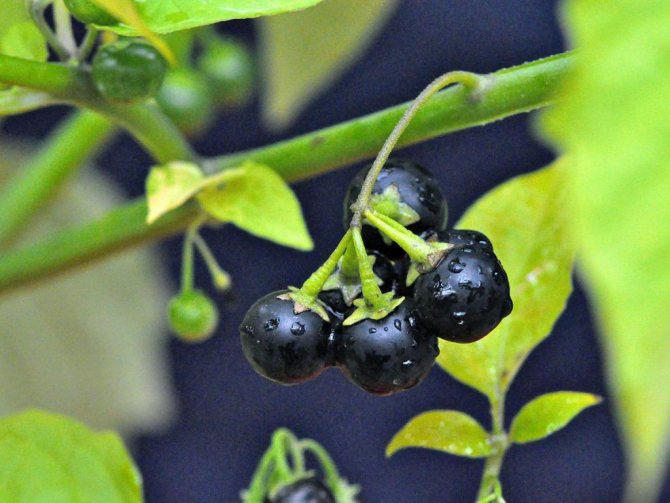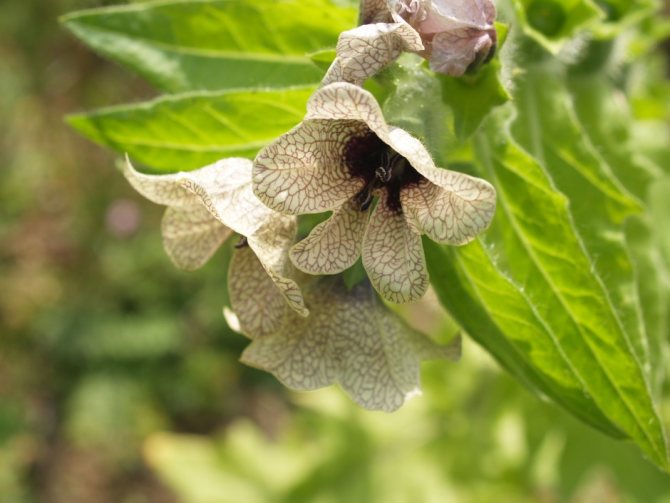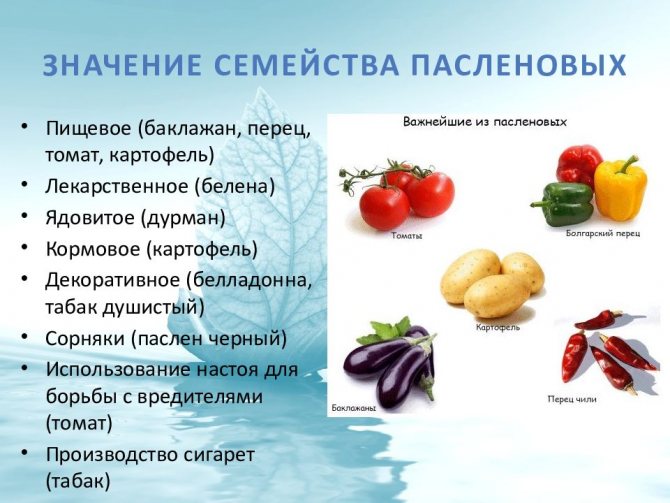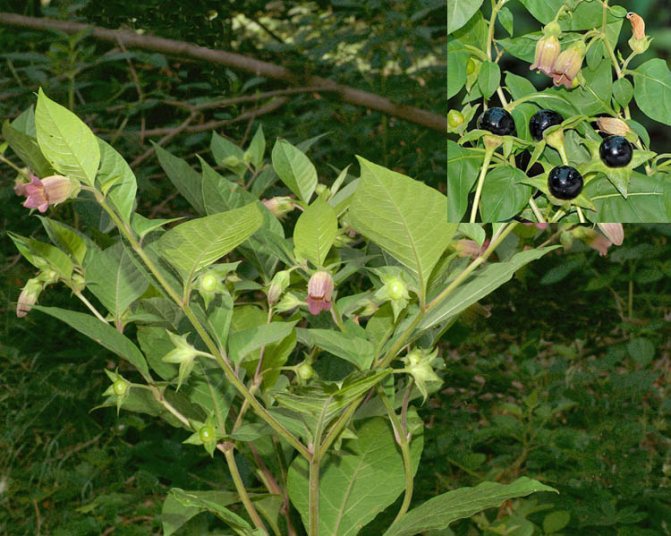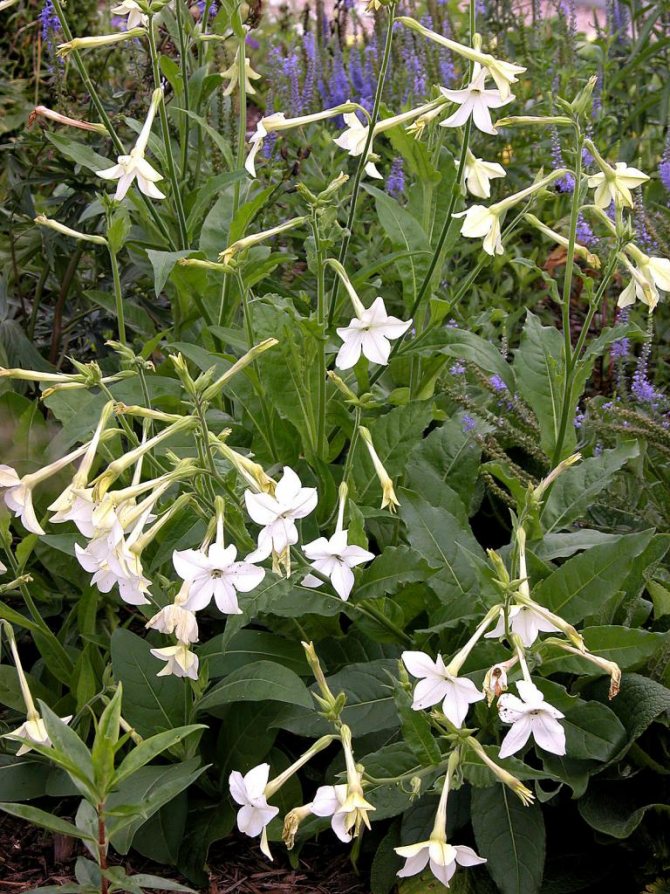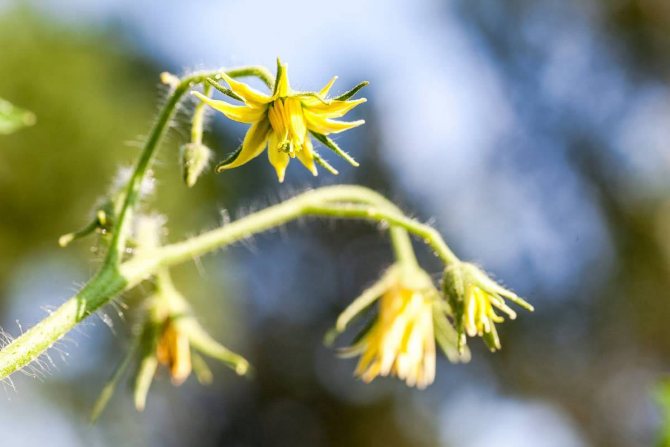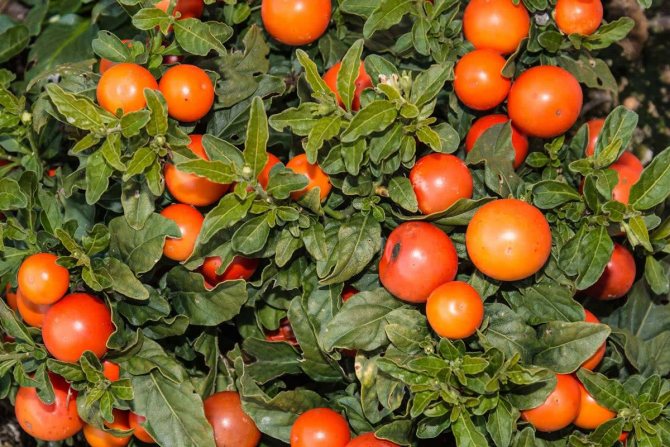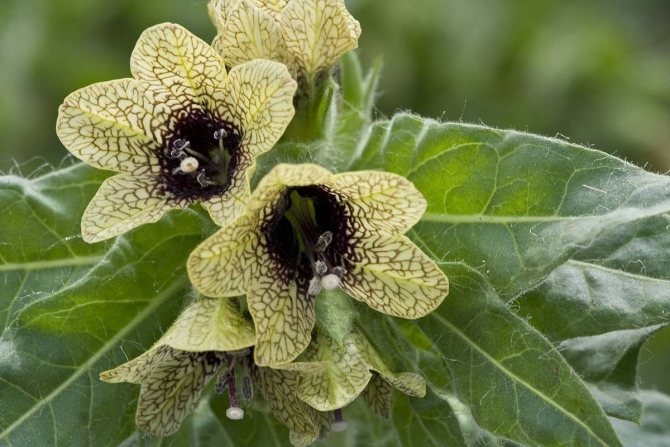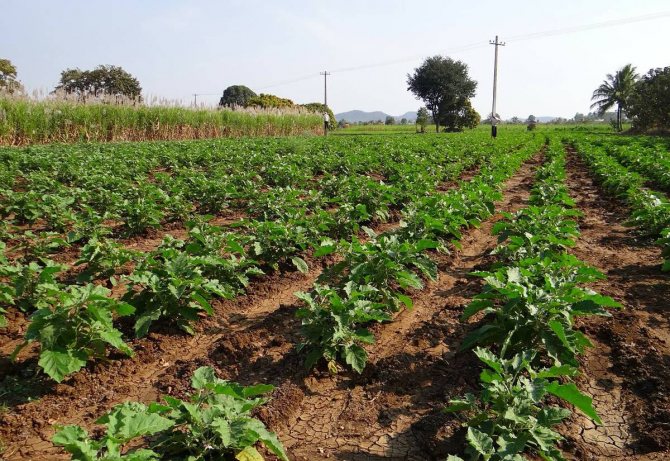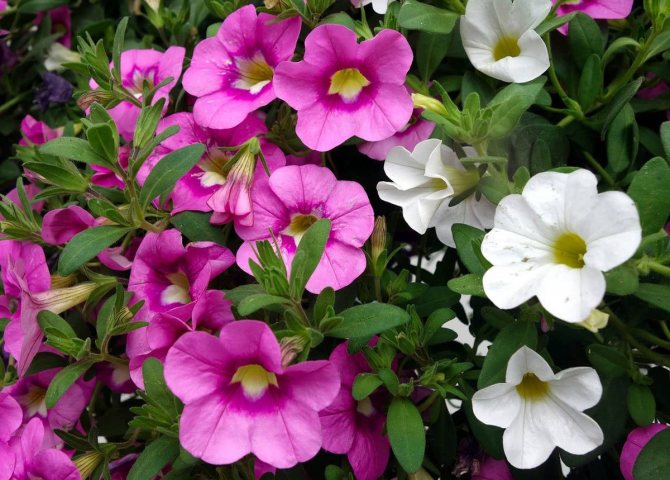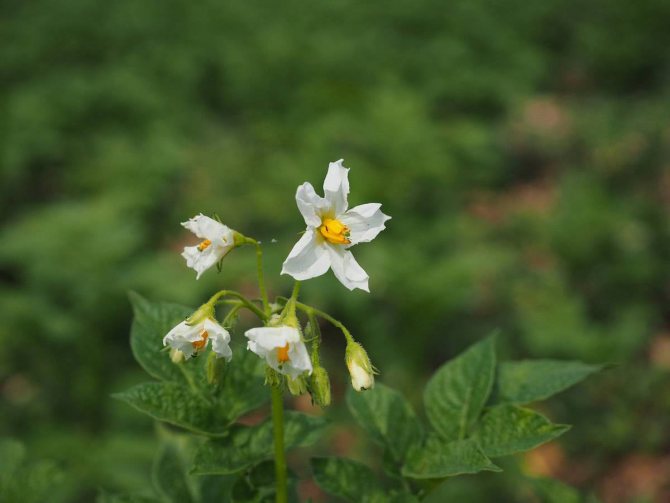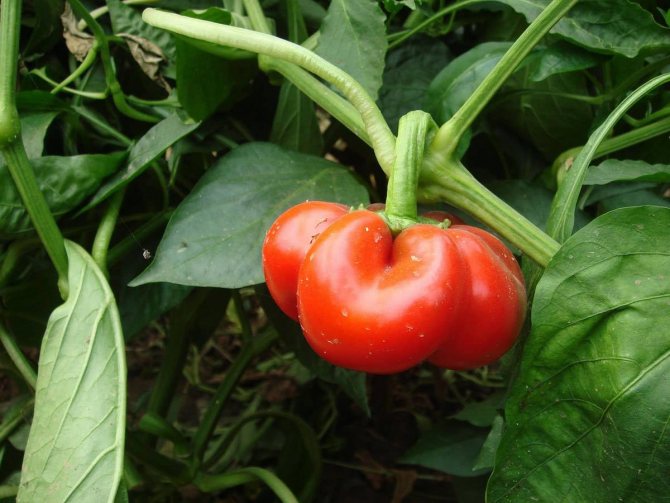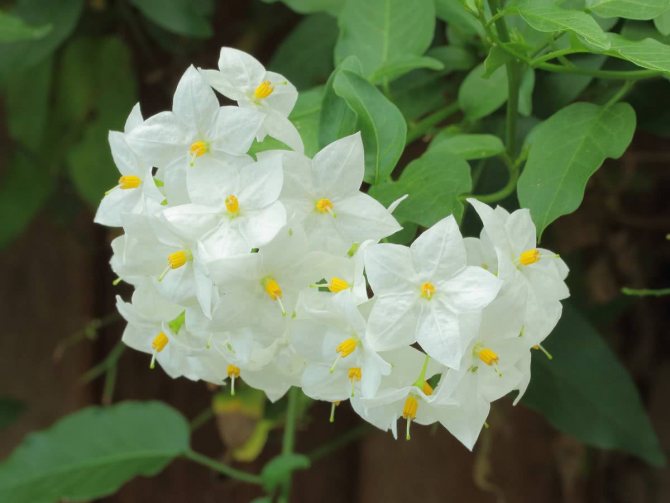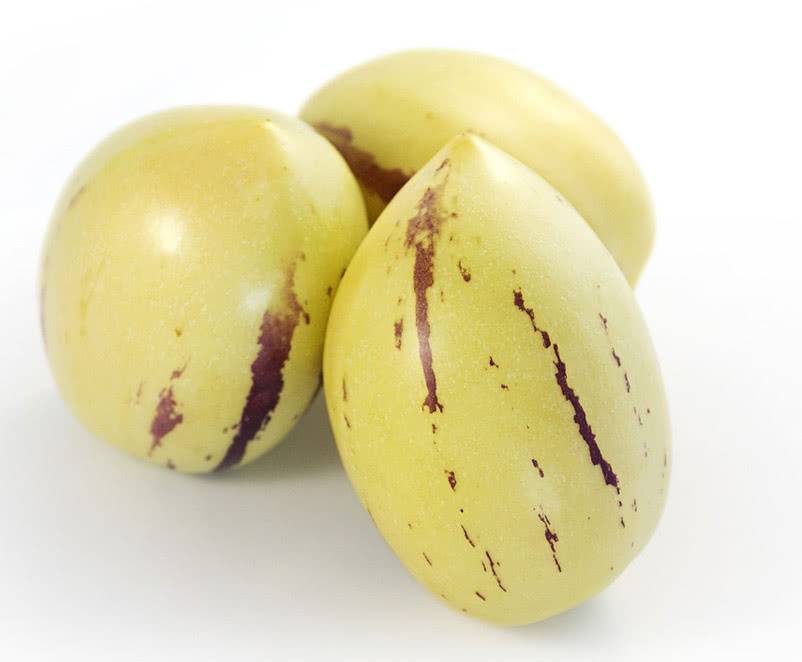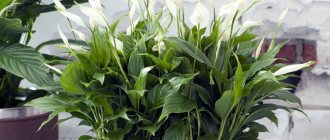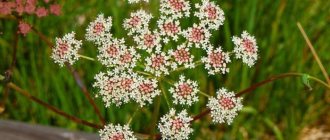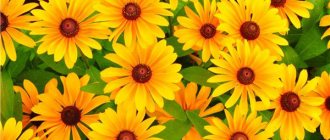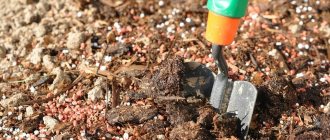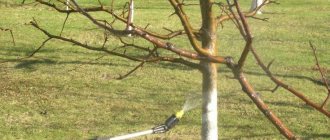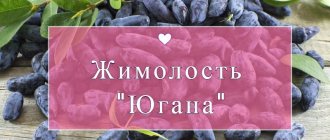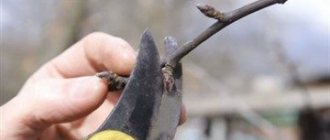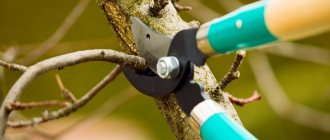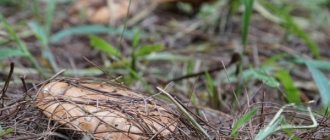Family members
There are a lot of varieties of nightshades, about 2500. They can be found in Eurasia and America, as well as in the vastness of our homeland.
Outwardly, it is a herbaceous plant, it can be both an annual and a perennial. You can also find trees from the nightshade varieties. The varieties of this group are divided into wild plants, and those that are grown on purpose.
The main groups are:
- vegetable;
- decorative;
- medicinal or poisonous.
Description of plants
The nightshade family includes both ubiquitous edible crops and poisonous medicinal herbs, ornamental varieties. Their common features are the structure of vegetative organs and flowers. The flower consists of 5 fused sepals, petals and stamens. The fruit of the nightshade is a berry (potato, eggplant) or a capsule (poisonous crops).
Plants of the nightshade family are used:
- For food (tomato, eggplant, pepper, potato).
- For the production of medicines (belladonna).
- For animal feed (potatoes).
- For the production of cigarettes (tobacco).
Nightshade vegetables
The most common vegetables in the nightshade family are pepper, tomato, potato, physalis, and eggplant. They have many characteristics in common, both external and agronomic. Regardless of what the fruits of these plants are, they are all vegetables.
A common feature for all nightshade plants is the content of corned beef in different concentrations. A lot of the substance is found in wild crops. In vegetables, it is often found in the inedible parts of the plant, or in a lower concentration.
The presence of corned beef in some vegetables does not negate their benefits for the body. The pulp of tomatoes and peppers contains amino acids, vitamins and antioxidants.
Potatoes
A prominent representative of nightshade vegetables is potatoes. Almost no summer resident can do without it. An annual crop, which looks like a bush, is formed underground from 5 potato tubers.
When the temperature becomes +5 degrees, the potatoes stop growing. Potato bushes are moisture-loving, but do not like stagnant moisture. This causes a disease that can ruin the entire crop.
Eggplant
This vegetable is a source of many beneficial components, including pectins. Due to the content of potassium, the work of the digestive tract improves, hemoglobin increases. The popular name for the vegetable is blue. Many different dishes are prepared from eggplants. They can be prepared for the winter in the form of salads, fermented, salted or rolled up whole. You can also make stews, caviar and sauces. The list of recipes is quite long.
Eggplant is grown by seedlings. For a good harvest, it is necessary to maintain the level of soil moisture, provide proper lighting. With poor care, fertility can be significantly reduced.
Important! With sudden changes in air temperature, eggplant can throw off not only flowers, but also ovaries.
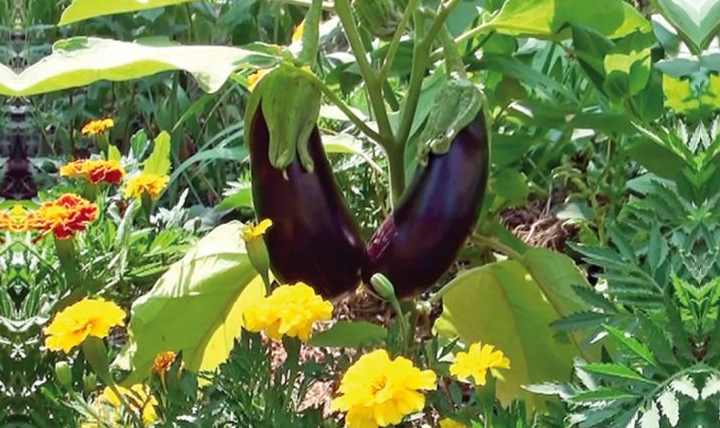
For planting, you need to choose a rich nutrient soil and observe the correct neighborhood of crops.
Tomatoes
A bright representative of the nightshade plants is the tomato. This vegetable is also common in cooking. It is used in many dishes, salads, preserves. Tomatoes are known all over the world, but their homeland is South America.
Important! Previously, tomatoes were not eaten, they were considered poisonous and called the "cancer apple".
A tomato bush can grow over a meter in height. The roots grow in depth, strong enough. The tomato has no decorative value and is only grown for human consumption.
Pepper
This type of nightshade is sweet and bitter. Pepper is grown for food, but it looks original on the outside. There are many varieties of pepper, all of them are used in cooking.
Sweet pepper varieties are fleshy, with thick walls, have a more voluminous shape. Bitter paprika is green or red, it is more elongated with a thin pulp. There are a lot of seeds inside the fruit.
Pepper is used in many dishes, it can be the main ingredient, or it can be an additive. This is one of those vegetables that boasts a high vitamin C content. In addition, pepper contains many other beneficial trace elements.
Melon pear
Sweet cucumber, pepino is a shrub with sweet fruits that smell like a melon or pear. This vegetable is most often found in Peru, Chile.
The pepino bush reaches 1.5 meters. With high humidity, aerial roots are formed on the shoots of the bush. It is grown for the sweet yellow fruits. Their average weight is 500 grams, their shape is rather oblong, oval.
Fruits can contain seeds, but there are also seeds without them. It depends on the place of growth and climate. Fruits contain a set of vitamins and minerals, including B1, B2.
Physalis
Physalis bush can grow up to 2 meters in height. It has a lot of yellow to red fruits. Fruits ripen by the beginning of autumn, but flowering begins in May.
Physalis comes in different varieties; I use it for sweet dishes and various salads.
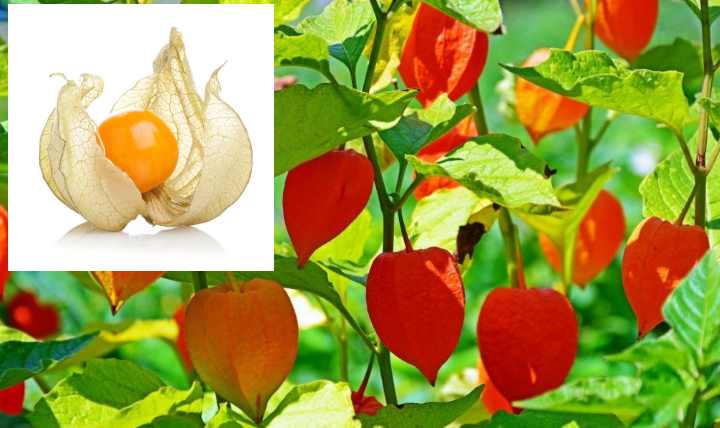

Physalis berry outwardly resembles a small tomato placed in a brightly colored seed box. Some types of physalis are grown exclusively to increase the decorative effect of the garden.
Pepper
Capsicum is a perennial plant native to America. But it is cultivated as an annual. Plant varieties can be sweet or bitter. This type includes bell peppers, red peppers and others. However, paprika should not be confused with black - the second belongs to the Pepper family, not the Solanaceae. The height of the plant stem is 25-80 centimeters. Bitter varieties have narrower and longer leaves than sweet varieties. Pepper flowers are small, painted in white, gray-purple or yellow. Fruits, which are botanically berries, are small and elongated in bitter varieties, while in sweet varieties they are usually more rounded and large, fleshy. All peppers have a red, yellow, green or orange fruit color.
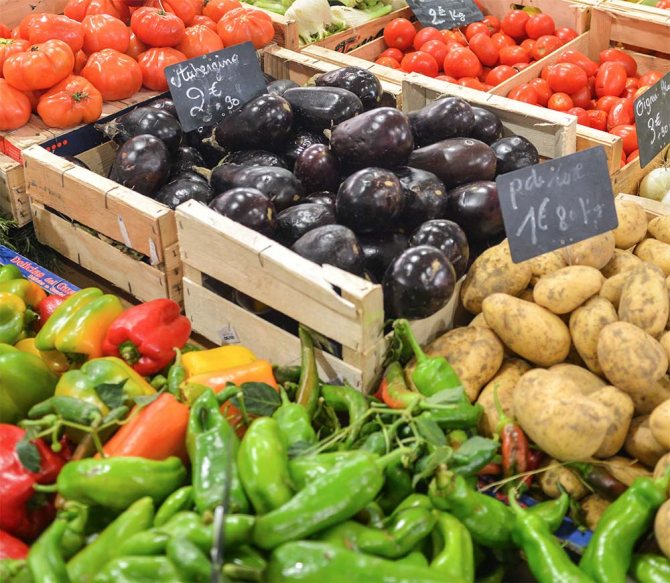

Ornamental nightshade crops
These plants can compete with other decorative flowers. The group of plants is represented as climbing shrubs, vines. They are used to decorate apartments, gardens, framing gazebos, awnings.
Attention! Jasmine nightshade attracts attention due to its snow-white flowers in bunches, it is used for ampel gardening.
- False pepper nightshade grown as a houseplant. In summer, it is covered with small orange fruits in the form of glossy balls. When caring for a plant, you need to remember about soil moisture, this is an important condition for growth. The plant has several names, one of them is the Coral bush.
Important! The berries of the Tree of Love (this is another of the names) are poisonous, the flower pot must be kept out of the reach of children.
- Scented tobacco when blooming, it is covered with white flowers that open only in the evening or on a cloudy day. In our regions, this plant is grown as an annual. The height of the bush is from 50 cm, the leaves are dark green, and the flowers can be white, yellow or red, depending on the variety. After flowering, a fruit is formed, which contains the seeds. The collected seed is stored for up to 7 years, having a high germination capacity.Fragrant tobacco is a perennial bush, but due to frost intolerance, it is sown in Russia every year. There are many varieties of scented tobacco, the most popular are Aroma green, Green light, Night fire, Mazhu noir.
- Brugmansia More often found in America, but sometimes it is grown in Russia. The plant is easy to grow, takes root well in pots, greenhouses and outdoors. The plant blooms with large tubular flowers. White blooms are more common, but there are also red, orange and lilac blooms. The shape of the flowers may also differ, there are double and two-tiered flowers. The aroma is intense, especially in the evening. After the end of flowering, fruits appear in which the seeds ripen.
- Petunia grows on almost every site, balcony, loggia. It blooms all summer, until the coldest days. The colors of the flowers are themselves different, they can be of one shade, two or three colors. Petunia can trail along fences, gazebos, fences. She can go down from hanging pots, flower pots. During flowering, the leaves are practically invisible, the plant is completely covered with flowers in the form of a gramophone. After the flower withers, a fruit with seeds appears.
Eggplant
Not everyone knows that another name for the plant is dark-fruited nightshade. Another interesting fact is that although eggplant is better known as a vegetable, it is biologically a berry, just like the fruit of a tomato. The plant was brought to Europe from Asia in the 15th century, although it gained wide popularity only in the 19th century.
The height of the plant, depending on the variety, reaches from 50 to 300 centimeters. The leaves resemble oak in appearance. Flowers can be single or collected in inflorescences, white, lilac or purple. Pear-shaped eggplant fruits.
Many gardeners know that overripe eggplants become bitter. This is due to the accumulation of solanine in the fruit. To avoid problems, you need to pick the eggplants a little unripe, immediately after they take on a lilac or purple color (there are other varieties, for example, white or red). There is a way to remove the bitterness from the fruit: they should be cut into cubes and placed in cold salt water. After 10-20 minutes, you can start cooking the soaked eggplant.
Physalis
Most of the plant species are native to the American continents. Physalis is both perennial and annual. Its peculiarity is a decorative shell around the fruit, similar to a paper lantern. It consists of accrete sepals. Only five varieties of physalis are cultivated:
- ordinary;
- glucose-fruited;
- Peruvian;
- vegetable;
- pubescent, or strawberry.
There are also edible plant species, of which these are vegetable and gluten-fruited. They also eat Mexican and berry physalis. But in Russia, these species are rare. We, as a rule, grow Physalis ordinary - for decorative purposes. It has beautiful, but bitter and inedible fruits.
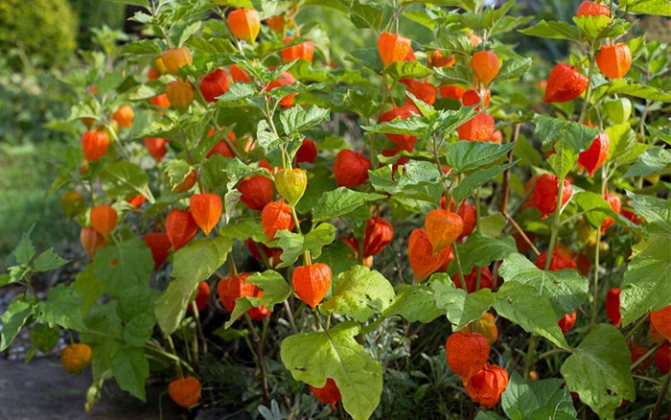

Medicinal plants of the Solanaceae family
The nightshade family is rich in medicinal plants. Poisonous black nightshade is able to save a person from many diseases. For example, cutaneous - psoriasis and lichen. It also helps with cirrhosis. A decoction of the leaves and stems of the bittersweet nightshade has always been used to treat rheumatism.
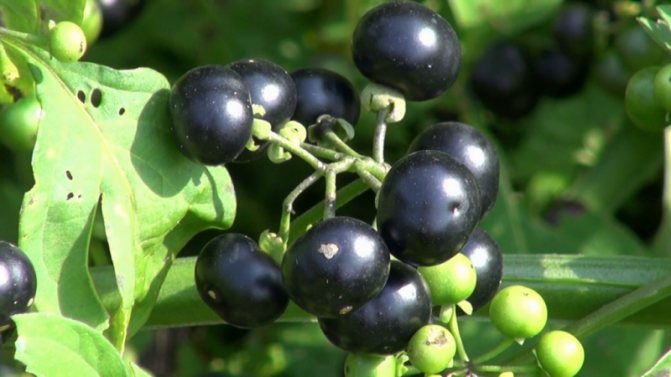

Solanaceae should not be used if a person suffers from chronic diseases of the pancreas. They are also contraindicated during diarrhea, low blood pressure and pregnancy.
Different types of pepper can be used to season delicious dishes, and to treat colds, sore throats and even stomach ulcers.
Like all medicines, nightshades also have their own contraindications.
- Belladonna. This plant has been used successfully in medicine. From its parts - roots and leaves - raw materials for medicines are produced.It has analgesic and anti-inflammatory effects. Most often it is prescribed for stomach and duodenal ulcers, muscle pain, tuberculosis, epilepsy, parkinsonism.
- Black henbane. Oil is made from it, and leaves are also used in folk medicine. In small quantities, it is used as a sedative. Its extract is added to tablets for people experiencing unpleasant symptoms of motion sickness. Also henbane is a part of various tinctures and ointments against gout and joint diseases.
- Datura ordinary. Its leaves are rich in a substance called hyoscine. It is used to create drugs that have sedative properties.
- Mandrake. In medical practice, only the roots of this plant are used, which in shape resemble a human figure. It contains toxic psychoactive substances. They are used as a sedative, sleeping pill, pain reliever, for example, for toothache or joint pain, hemorrhoids and childbirth. The plant was used externally for the removal of tumors, as well as against cancer.
Potatoes
In a scientific way, potatoes are called "tuberous nightshade". This is a perennial, the tubers of which are deservedly one of the foodstuffs in many states. The bushes of the plant reach a meter in height. The flowers are pink, purple or white, collected in inflorescences. The fruit is a poisonous green berry that should not be eaten. Only tubers are edible in potatoes. However, their greening indicates the accumulation of solanine - such potatoes should not be eaten. But they can be planted in their summer cottage, some gardeners specifically lay out the tubers in the sun before planting, which contributes to an increase in the amount of solanine - such potatoes are not gnawed by mice.
The birthplace of culture, like many other nightshades, is South America. There he can still be found in the wild. Interestingly, 7-9 thousand years ago, some of the South American Indians worshiped the vegetable. Potatoes were brought to Europe in the 16th century. People did not immediately understand that the tubers of a poisonous plant are edible, but this was soon proved. In France, potatoes have even helped to cope with hunger and scurvy. In Russia, they resisted the new vegetable, there were "potato riots" due to the fact that the peasants did not want to plant the plant. But by the twentieth century, potatoes had become an extremely popular food in our country.
The value of culture as a product was reflected in the 2020 movie The Martian, where the protagonist uses it to survive on Mars. Interestingly, in real life, potatoes are a "space plant": in 1995, it became the first vegetable grown on the space station.
What have we learned?
We learned about the distinctive features and structure of plants of the Solanov family, as well as their role in human life. We learned the formula of the flower of the Solanaceae family, found out which plants are poisonous and which are edible.
It is impossible to imagine modern human cuisine without potatoes, salad peppers, juicy tomatoes and eggplants. All these plants and more than 2300 of their species form the Solanaceae family.
There are few cultural representatives of Solanaceae, the bulk of them are wild-growing. Most nightshade grows in South and Central America in the form of grasses and shrubs, in the tropics there are small trees. In Russia, they can be seen in garbage dumps and along roadsides. Typically, these are black nightshade, henbane, and datura.
